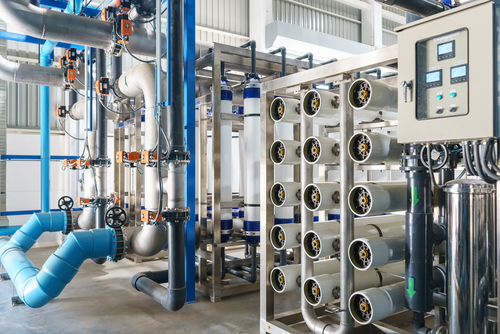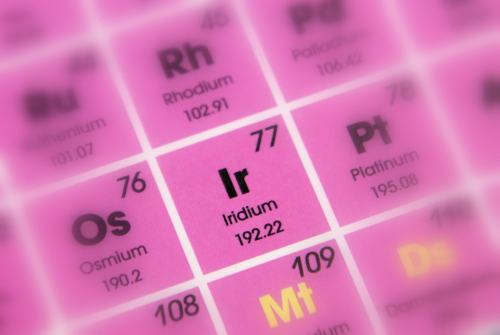Understanding the Significance of Iridium Mixed Metal Oxide Coated
Titanium Electrodes in the Water Treatment Market
 Water treatment plays an important role in maintaining water quality and ensuring safe drinking water for everyone. The process of purifying contaminated water involves several stages, including filtration and disinfection.
Water treatment plays an important role in maintaining water quality and ensuring safe drinking water for everyone. The process of purifying contaminated water involves several stages, including filtration and disinfection.
One essential component of water treatment plants is the use of electrodes to remove contaminants from the water, and iridium mixed metal oxide coated titanium electrodes have emerged as a preferred material, here’s why.
In this blog post, we will delve into the specifics of iridium mixed metal oxide coated titanium electrodes and their role in the water treatment market. We will also explore their benefits and advantages over other materials commonly used in the industry. This post is intended for industry leaders, directors, engineers, and other professionals interested in the subject matter. Simply put, electrodes are used in the water treatment processes to remove contaminants through various electrochemical reactions. Iridium mixed metal oxide coated titanium electrodes are specifically significant in the water treatment market for several reasons.
Simply put, electrodes are used in the water treatment processes to remove contaminants through various electrochemical reactions. Iridium mixed metal oxide coated titanium electrodes are specifically significant in the water treatment market for several reasons.
They:
- Demonstrate outstanding electrochemical performance in chloride environments whilst their resistance to corrosion and ability to withstand acidic and alkaline environments make them suitable for harsh water treatment processes.
- Exhibit superior durability and longevity over other commonly used materials. Their robust physical properties and resistance to wear and tear, coupled with high energy efficiency, make them an ideal choice for water treatment plants.
- Offer maximum surface area and excellent oxide retention properties. Their unique material characteristics allow them to maintain stable operation without requiring frequent replacements or maintenance. This means fewer interruptions and less downtime, resulting in cost savings for water treatment plant operators.
- Can also be customised to suit specific process requirements. Their versatility and adaptability to various water treatment processes such as electro-catalytic and electrochemical oxidative processes make them suitable for a wide range of applications. As such, they offer a high degree of flexibility that can be tailored to specific water treatment plant needs.
 Conclusion:
Conclusion:
In conclusion, iridium mixed metal oxide coated titanium electrodes are vital components in the water treatment market. Their outstanding electrochemical performance in harsh environments, superior durability and longevity, high energy efficiency, and maximum surface area make them an ideal choice for water treatment plants. As the demand for water treatment continues to increase, it’s important that industry leaders, directors, engineers, and other professionals stay up to date with the latest developments in electrode technology. Therefore, investing in iridium mixed metal oxide coated titanium electrodes is a wise move for water treatment plants that aim to provide high-quality and safe water for their communities.
Recycling these electrodes and recovering the iridium is essential due to the metal’s rarity, and brings with it considerable environmental and financial benefits. By conserving this valuable resource through recycling, we can reduce the need for mining and ensure a more sustainable supply for future generations. Additionally, recycling iridium promotes a circular economy and reduces greenhouse gas emissions associated with producing fresh metal. Financially speaking, recycling iridium maintains a steady global supply of metal, reducing its price, whilst the recovery and reuse of the metal reduces the need for businesses to buy fresh metal, freeing up funds to use elsewhere.
Mastermelt have expertise in the recovery of precious metals from titanium electrodes coated with a mixed metal oxide including Iridium oxide. When the electrodes have reached their end-of-life we can offer a service to recycle the electrodes providing a value for the residual Titanium and Iridium contained on the electrodes.

